Tag: state senators
-
54.85% of state legislators are Republican, 44.25% are Democratic

At the end of August 2024, 54.85% of all state legislators in the United States are Republican while 44.25% are Democratic. There are 7,386 state legislative seats in the country. Republicans control 56 chambers, while Democrats hold 41. Two chambers (Alaska House and Alaska Senate) are organized under multipartisan, power-sharing coalitions. Democrats hold 844 state…
-
54.91% of state legislators are Republican, 44.27% Democratic
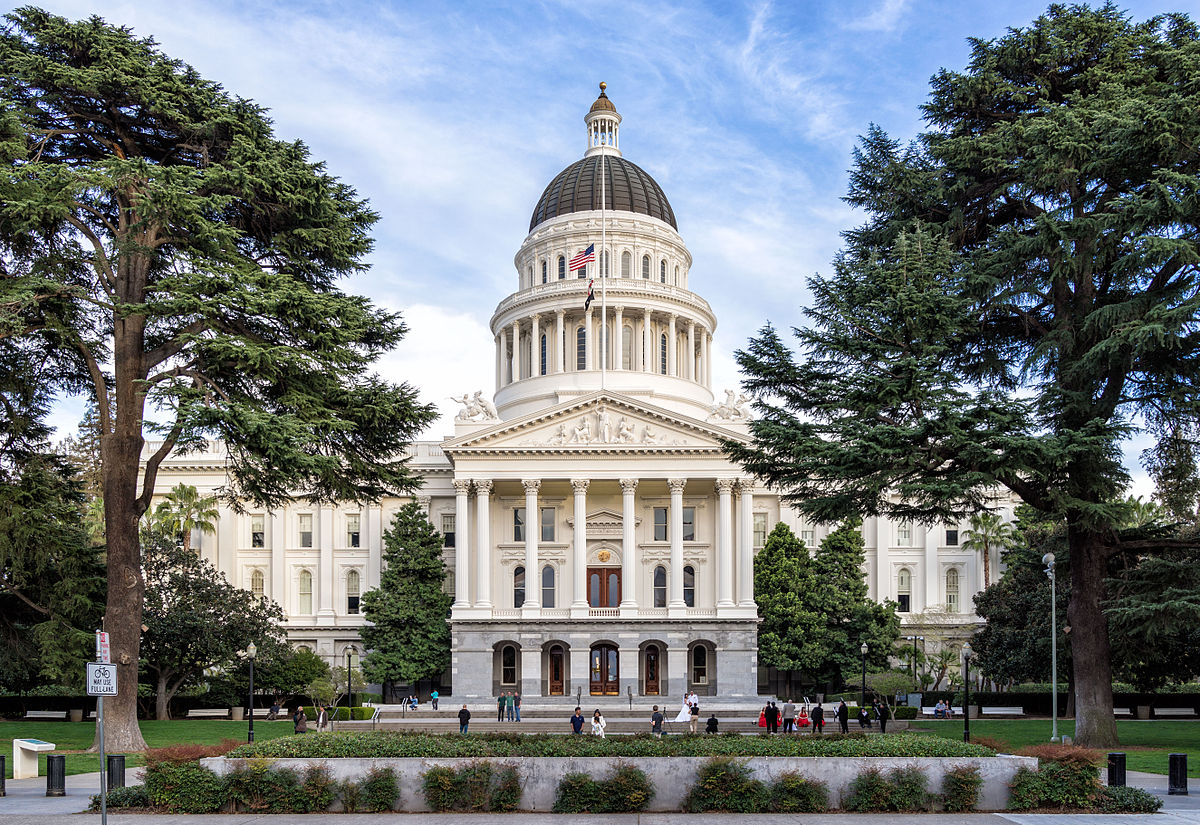
At the end of July 2024, Republicans controlled 54.91% of all state legislative seats nationally, while Democrats held 44.27%. Republicans held a majority in 56 chambers, and Democrats held the majority in 41 chambers. Two chambers (Alaska House and Alaska Senate) were organized under multipartisan, power-sharing coalitions. Democrats hold 846 state Senate seats and 2,424 state House seats, overall seven fewer seats since last month. Republicans…
-
54.96% of state legislators are Republican, 44.41% Democratic

At the end of April 2024, 54.96% of all state legislators in the United States are Republican while 44.41% are Democratic. There are 7,386 state legislative seats in the country. Republicans held a majority in 56 chambers, and Democrats held the majority in 39 chambers. Two chambers (Alaska House and Alaska Senate) were organized under…
-
54.87% of all state legislators in the United States are Republican, 44.43 % are Democratic
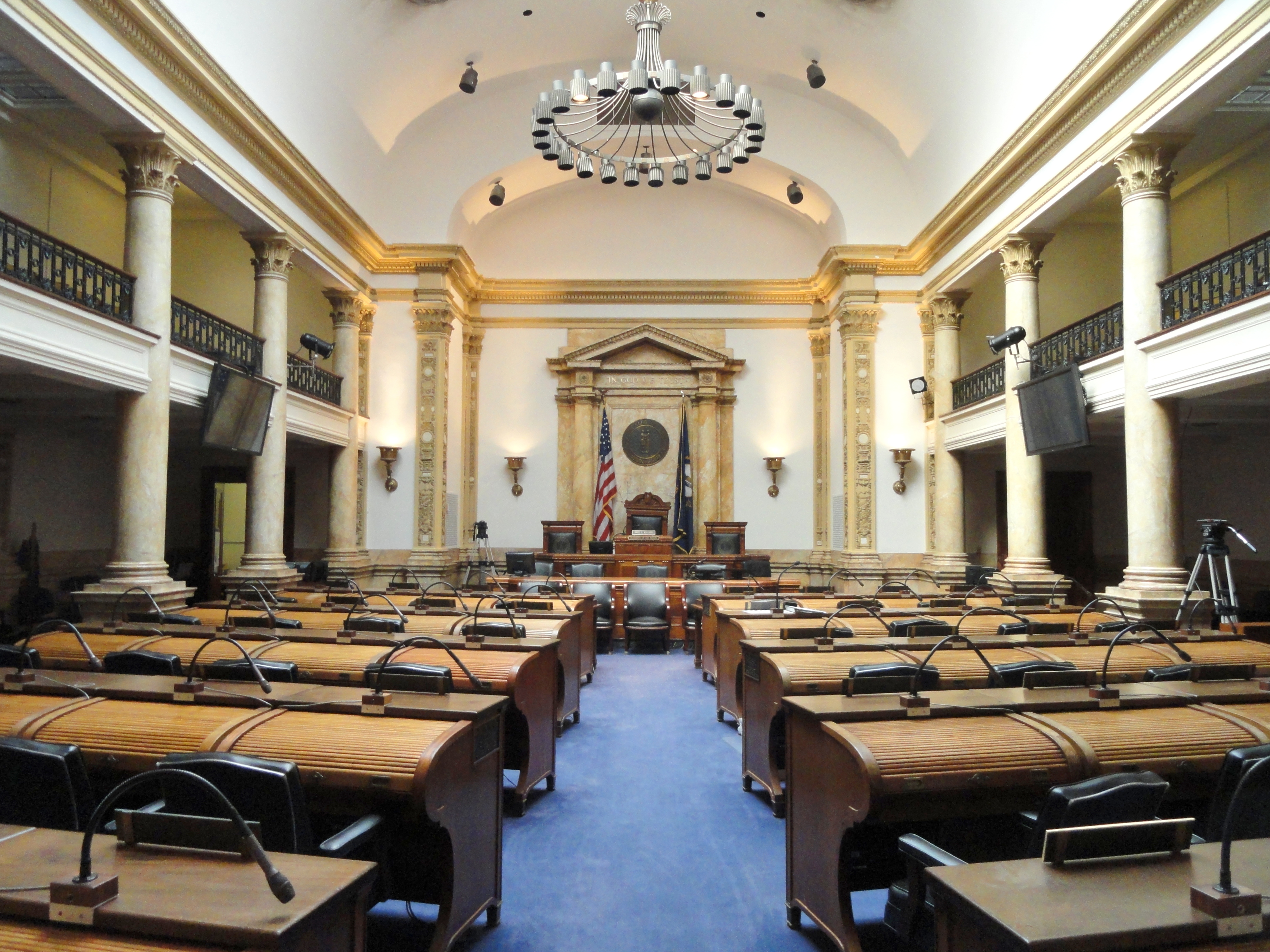
At the end of February 2024, 54.87% of all state legislators in the United States are Republican while 44.43% are Democratic. There are 7,386 state legislative seats in the country. Republicans held a majority in 56 chambers, and Democrats held the majority in 39 chambers. Two chambers (Alaska House and Alaska Senate) were organized under…
-
54.79% of all state legislators in the United States are Republican, 44.44% are Democratic
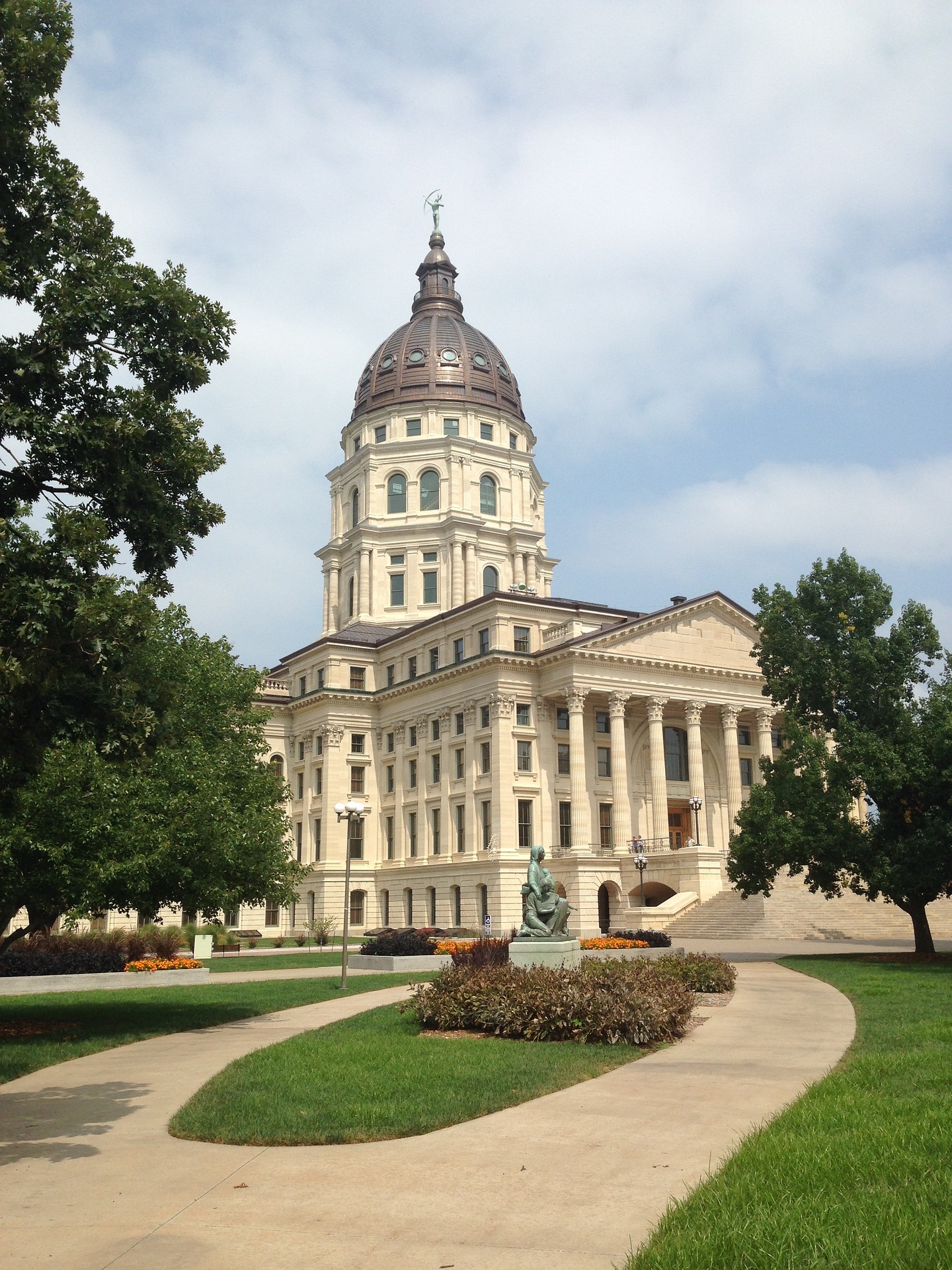
At the end of January 2024, 54.79% of all state legislators in the United States are Republican while 44.44% are Democratic. There are 7,386 state legislative seats in the country. Republicans held a majority in 56 chambers, and Democrats held the majority in 39 chambers. Two chambers (Alaska House and Alaska Senate) were organized under…
-
Alex Kasser resigns from Connecticut Senate

Connecticut state Senator Alex Kasser (D) resigned from the legislature on June 22. Kasser, who represented District 36, cited her ongoing divorce proceedings as the reason for her resignation. In a statement, Kasser said, “It is with deep sadness that I announce my resignation as State Senator. Serving the residents of Connecticut’s 36th Senate district…
-
New Jersey state Senator Gerald Cardinale dies

New Jersey Sen. Gerald Cardinale (R) passed away on Feb. 20, after being hospitalized with an illness unrelated to COVID-19. The second-longest-serving New Jersey legislator, Cardinale was first elected to Senate District 39 in 1981, serving until his death. Prior to joining the state Senate, Cardinale was a member of the New Jersey General Assembly…
-
Arkansas state Senator Jim Hendren leaves Republican Party, becomes an independent

On Feb. 18, Arkansas state Senator Jim Hendren announced he was leaving the Republican Party to become an independent. According to a statement issued by his organization, Common Ground AR, Hendren said, “This comes after many sleepless nights; a lot of serious consideration; and it comes with sadness and disappointment. But it’s clear-eyed. I’m making…
-
Heather Steans resigns from Illinois State Senate
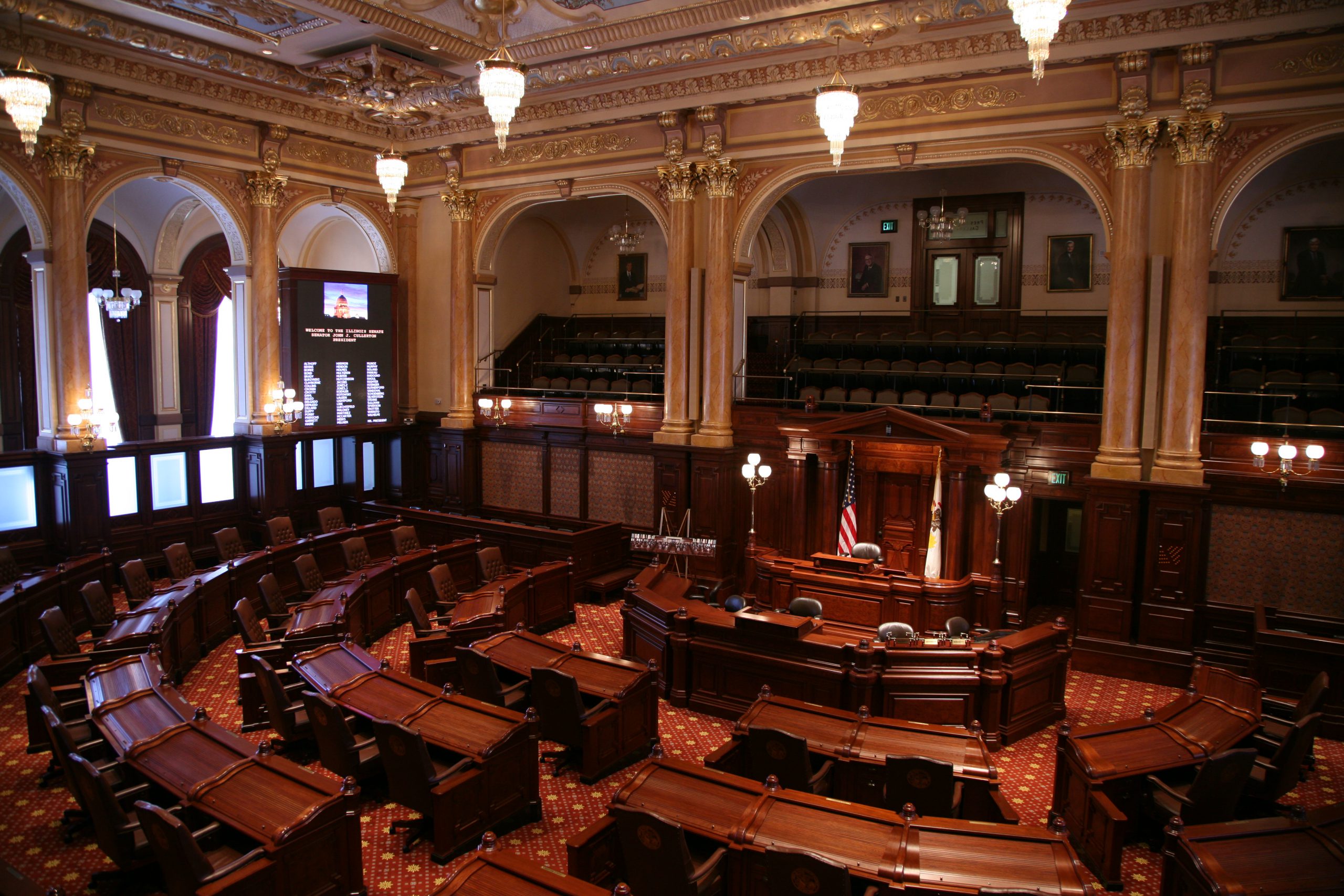
Sen. Heather Steans (D) resigned from the Illinois state Senate on Jan. 31. She represented District 7 from 2008 to 2021. Steans ran uncontested for re-election on Nov. 3, 2020. According to ABC 7, Steans said she was resigning because “it’s time for fresh faces and new energy…I’ve benefited tremendously from the many perspectives of…
-
Mike Kennedy sworn in to Utah State Senate
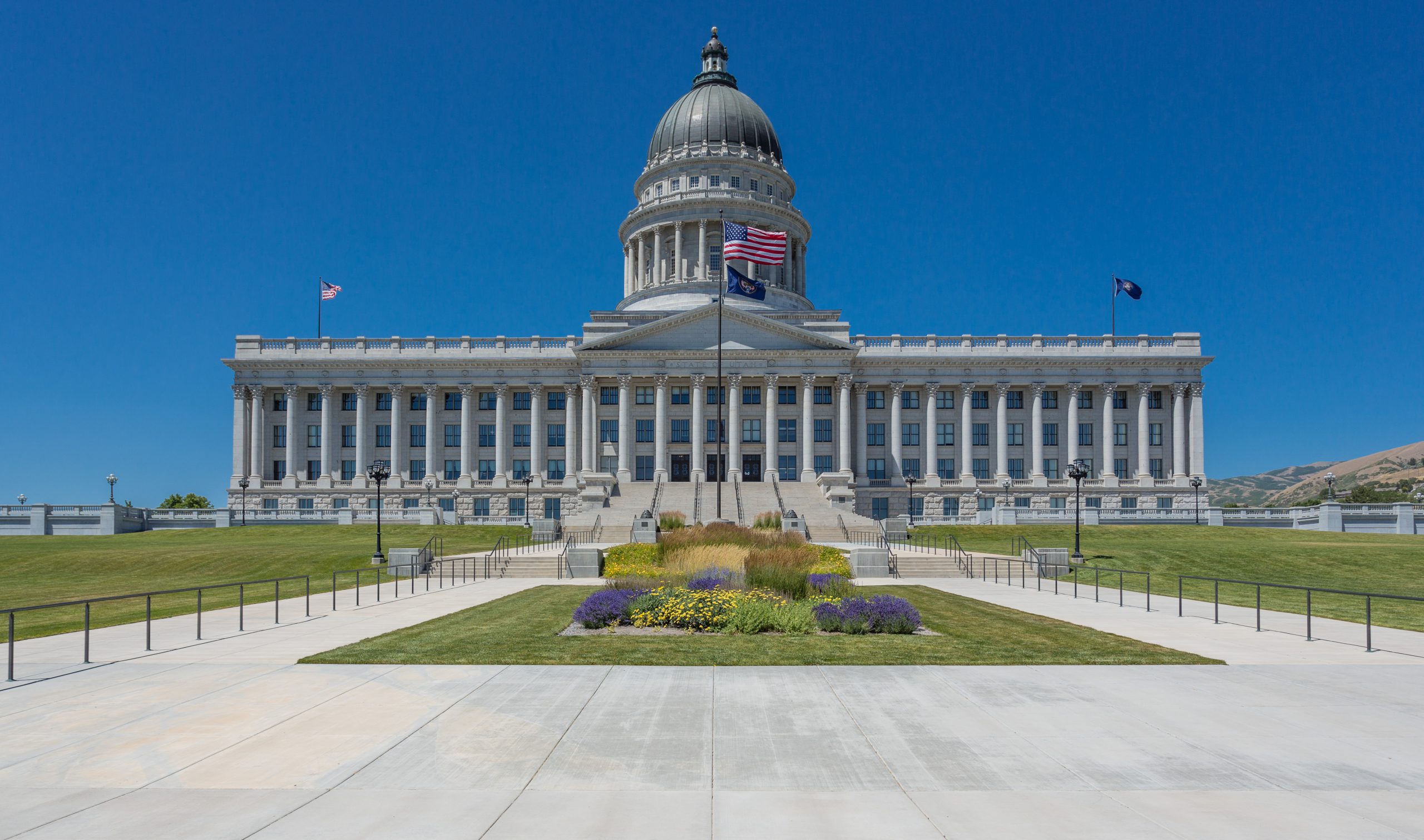
On Jan. 5, Mike Kennedy (R) was sworn in as a member of the Utah State Senate. Kennedy won a special election on Dec. 29, 2020, to fill the seat vacated by former Sen. Daniel Hemmert (R). Hemmert resigned to take a job as the executive director of the Governor’s Office of Economic Development under…

